SLVUCV7 April 2024 TPS23881B
- 1
- Description
- Get Started
- Features
- Applications
- 6
- 1Evaluation Module Overview
-
2Hardware
- 2.1 EVM Input/Output Connectors and Switches
- 2.2 EVM LEDs
- 2.3 EVM Test Points
- 2.4 EVM Test Jumpers
- 2.5 Quick Start
- 2.6 TPS23881B1 Autonomous Operations
- 3Software
- 4Hardware Design Files
- 5Additional Information
4.2 PCB Drawings
Figure 5-4 through Figure 5-12 show the PCB layouts and assemblies for this EVM.
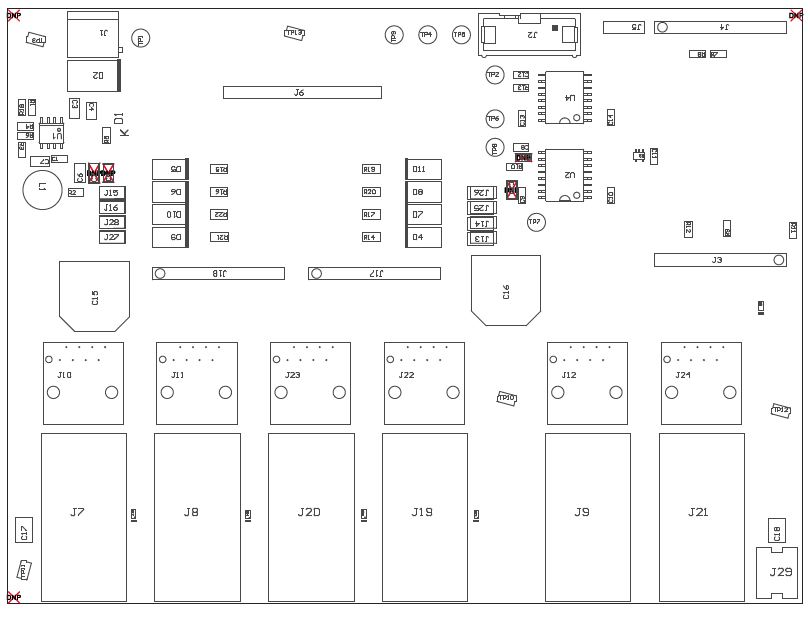 Figure 4-4 BOOST-PSEMTHR-007 (Motherboard) Top Side
Assembly
Figure 4-4 BOOST-PSEMTHR-007 (Motherboard) Top Side
Assembly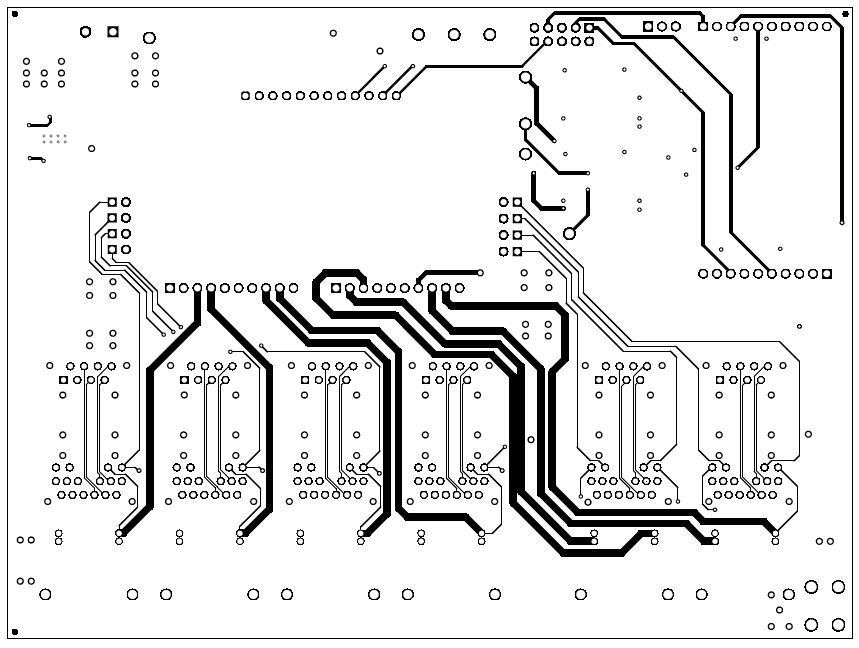 Figure 4-5 BOOST-PSEMTHR-007 (Motherboard) Top Side
Routing
Figure 4-5 BOOST-PSEMTHR-007 (Motherboard) Top Side
Routing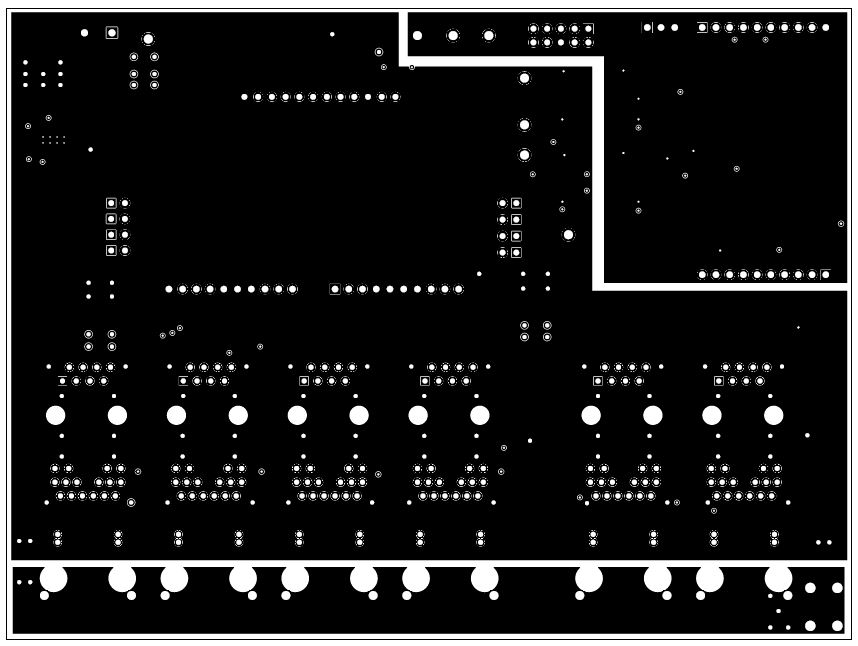 Figure 4-6 BOOST-PSEMTHR-007 (Motherboard) Layer 2
Routing
Figure 4-6 BOOST-PSEMTHR-007 (Motherboard) Layer 2
Routing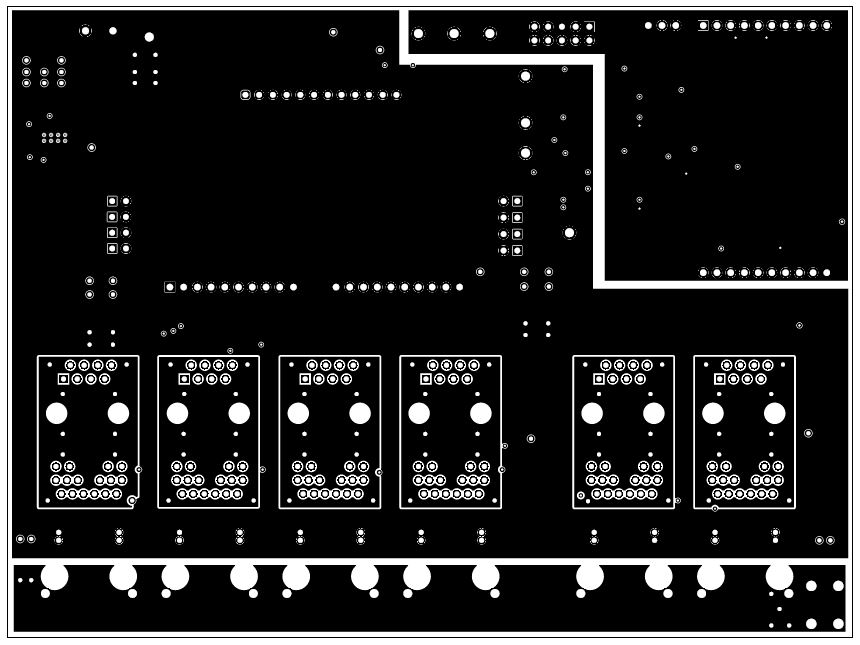 Figure 4-7 BOOST-PSEMTHR-007 (Motherboard) Layer 3
Routing
Figure 4-7 BOOST-PSEMTHR-007 (Motherboard) Layer 3
Routing Figure 4-8 BOOST-PSEMTHR-007 (Motherboard) Bottom Side
Routing
Figure 4-8 BOOST-PSEMTHR-007 (Motherboard) Bottom Side
Routing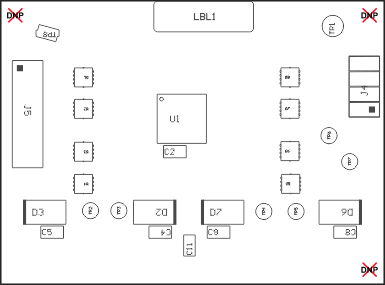 Figure 4-9 TPS23881B1EVM-024 (Daughterboard) Top Side
Assembly
Figure 4-9 TPS23881B1EVM-024 (Daughterboard) Top Side
Assembly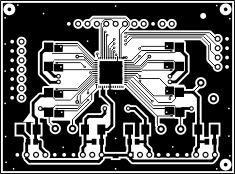 Figure 4-10 TPS23881B1EVM-024
(Daughterboard) Top Side Routing
Figure 4-10 TPS23881B1EVM-024
(Daughterboard) Top Side Routing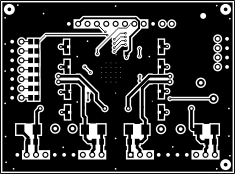 Figure 4-11 TPS23881B1EVM-024
(Daughterboard) Bottom Side Routing
Figure 4-11 TPS23881B1EVM-024
(Daughterboard) Bottom Side Routing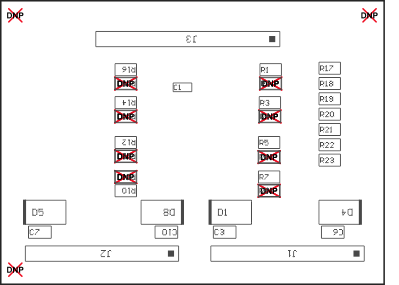 Figure 4-12 TPS23881B1EVM-024 (Daughterboard) Bottom Side
Assembly
Figure 4-12 TPS23881B1EVM-024 (Daughterboard) Bottom Side
AssemblyNote: TPS23881B1EVM-024 Rev B does not have a 10nF
capacitor on AUTO. This will be added to Rev
C.